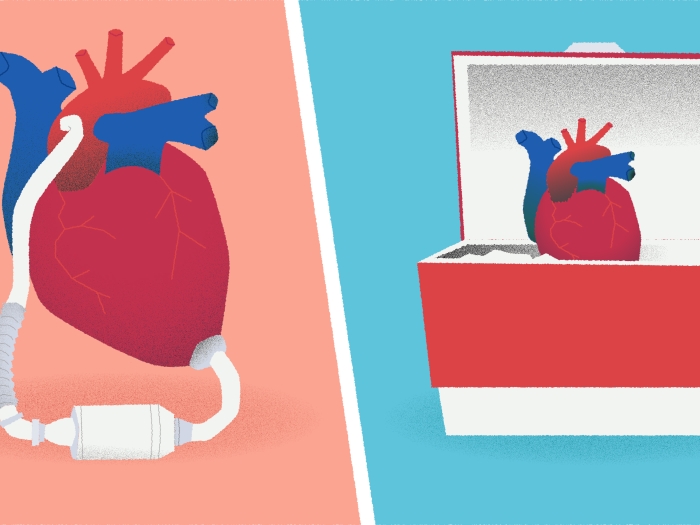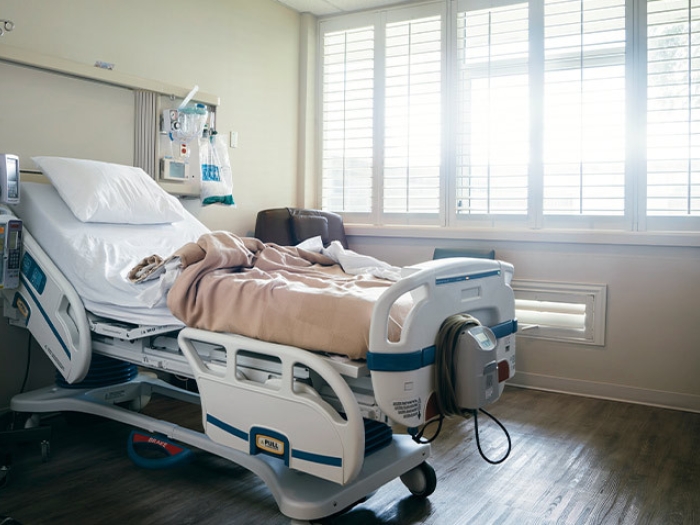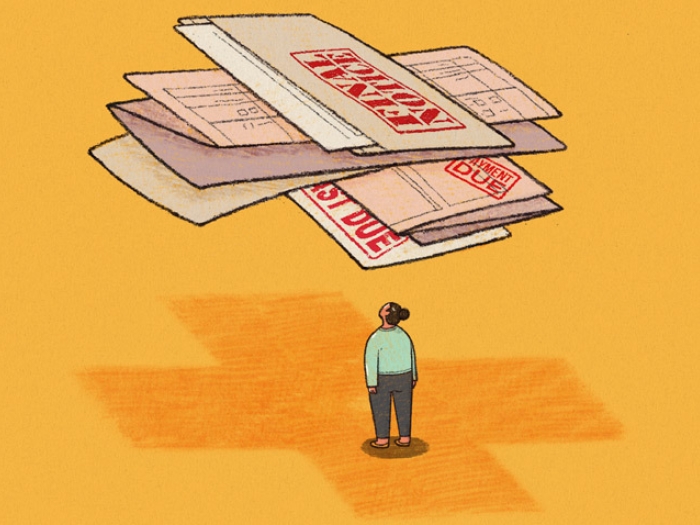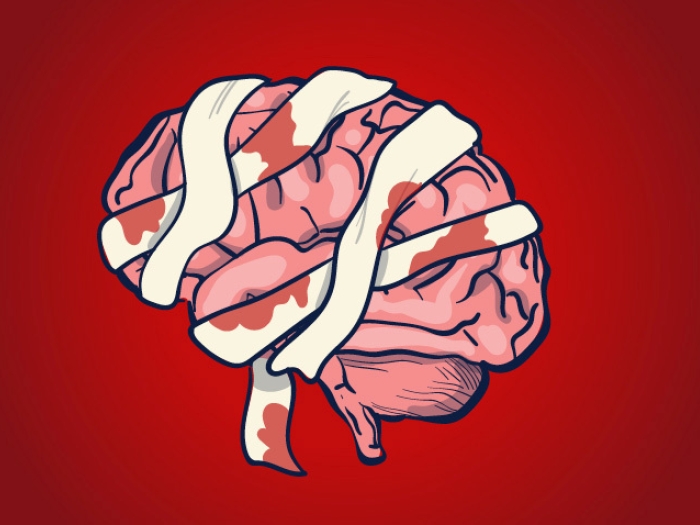Data have long proved to be a valuable asset in quality patient care. But data are useful only when shared among all parties involved — and at every step of the way.
7:00 AM
Author |
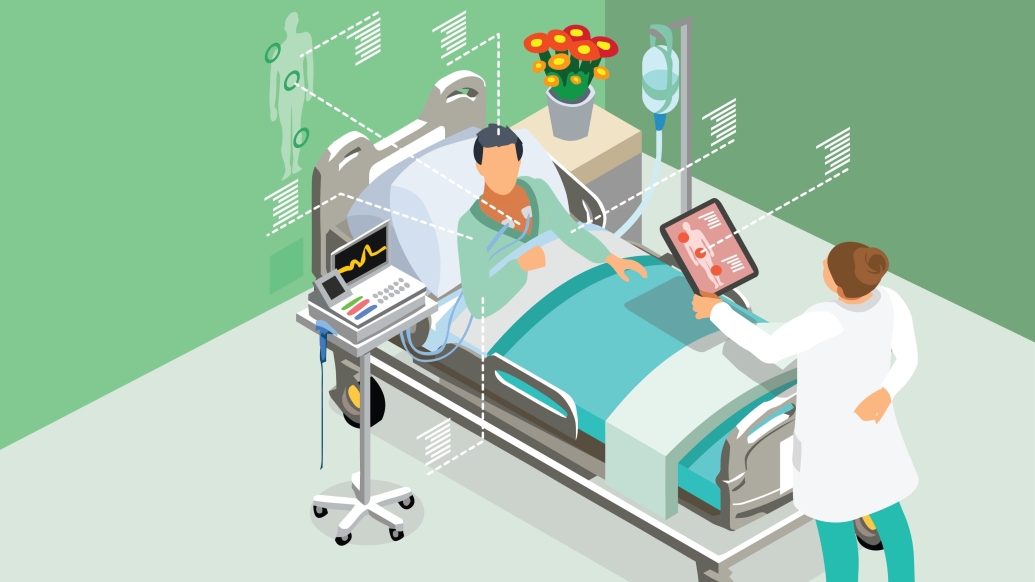
In health care, we talk a lot about how data can be used to improve patient care. We discuss the importance of interoperability, the need for more data to be available to physicians and how data can help physicians spot an issue with a patient they otherwise might have missed.
MORE FROM THE LAB: Subscribe to our weekly newsletter
What we don't often discuss is the degree to which care settings can impact the need to effectively capture and make sense of data.
Take cancer, for example: While there are many different types of cancer and each treatment is varied, a patient who is being treated for cancer typically works with a single care team. In this scenario, then, it is important to have an accurate read on the patient and have as much data available as possible. Data help the care team know if the patient is responding well to treatment and help determine next steps in the care plan.
What you won't see in this well-coordinated scenario is the typical level of transition and handoff between departments and care teams, which often leads to data loss.
Imagine a different situation: A patient is brought to a health system in critical condition with severe internal, orthopedic and brain injuries after a motor vehicle accident. This care team could consist of the paramedics who bring the patient into the hospital, the emergency physicians who initially care for the patient, the surgeons — trauma, orthopedic, neurosurgery — and anesthesiologists who work desperately to fix the damage in the operating room.
But it also must include the intensive care unit doctors helping the patient stay alive for the next several weeks and, going forward, the rehabilitation therapists who help the patient resume a normal lifestyle.
No matter the arrangement, every transition brings with it the chance that important information will be lost. That makes the need to accurately capture data in critical care settings absolutely vital.
Tracking in-between moments
From the perspective of health care organizations, two of our biggest goals in data gathering are minimal disruption to workflow and matching data to patient behaviors.
SEE ALSO: How Big Data Brings Big Gains in Surgical Quality
The reality is that humans can only monitor so much. While we've slowly made more data accessible to physicians over the past 25 years, the data's existence doesn't necessarily make the information useful.
Which is why, as part of our normal workflows, we need technology that can help us aggregate the data in a way that makes sense and helps physicians determine the red flags that require the most attention.
There is a need for technology that addresses data in motion, ranging from "in the moment" to the "in between" — in other words, the transition points where significant data, connections and associations are lost.
Without such technology, we are experiencing an unintentional loss of potentially valuable data that hold immense value as we move toward a precision medicine approach to patient care.
Lost data, lost opportunities
We live in the age of chronic conditions. As of 2012, about half of all adults — 117 million people — in the United States have one or more chronic health conditions. To manage this population, there is a significant need for us to move toward a precision medicine approach.
However, we can only get so far if we constantly leave data on the table.
And with today's chronic condition climate, vitals can be interpreted very differently.
Consider again the example of the accident victim taken to an emergency department. Vitals are taken, and the patient's blood pressure comes back as normal. What the treating physician doesn't know is that this patient actually has a history of high blood pressure. A number that may be standard for the general population is actually low for this specific patient and could be an indication that something is wrong internally.
Patients produce a lot of data, but we aren't capturing it all. Having this information at a physician's fingertips — particularly in critical care — can substantially change the course of treatment.
The ultimate goal for all health care stakeholders, then, is to move from our current reactive approach to a proactive approach focused on informed predictions regarding the future state of the patient. Data-agnostic technologies can help us do this and enable us to better predict when a patient's condition will worsen — even when all current vital signs indicate a healthy patient.
If you know where to look, and you have technology solutions that can make it clear, the answer is almost always in the data.
This article was originally published on Mobile Health Matters. Read the original article here.

Explore a variety of health care news & stories by visiting the Health Lab home page for more articles.

Department of Communication at Michigan Medicine
Want top health & research news weekly? Sign up for Health Lab’s newsletters today!
